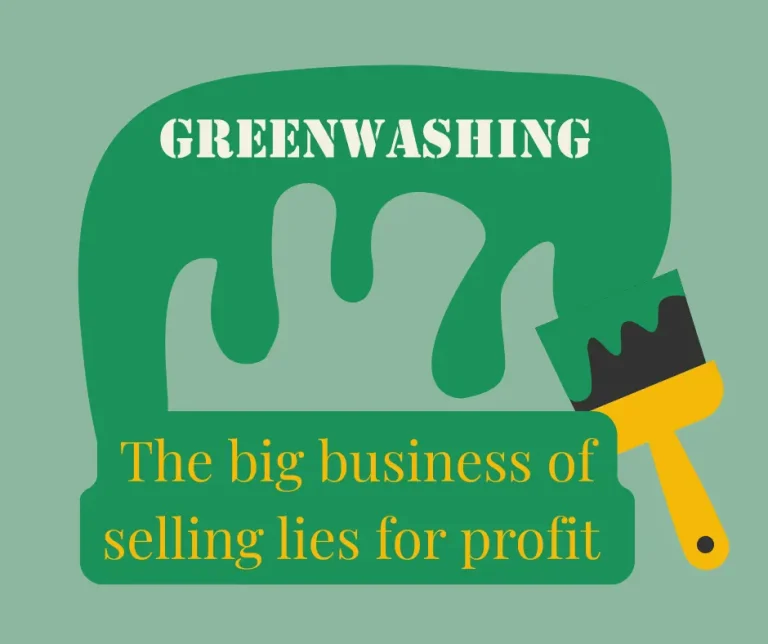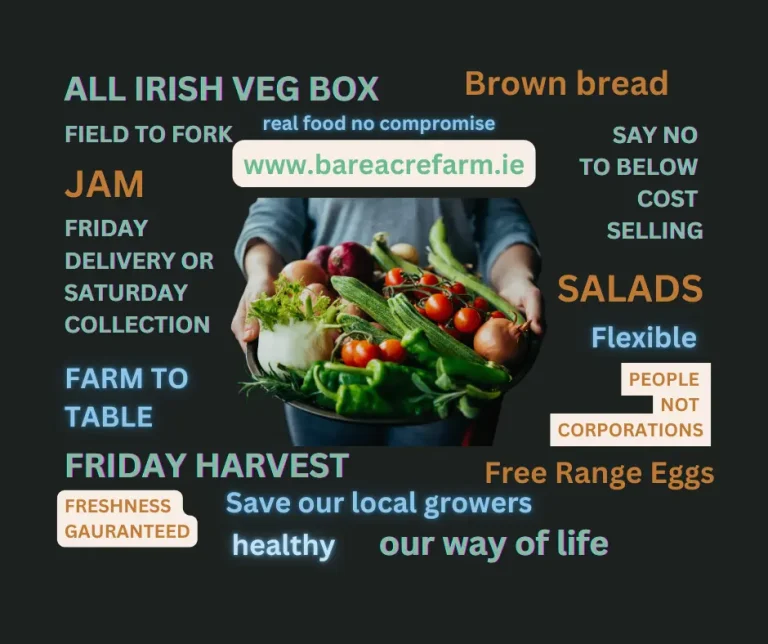Hooked: How Supermarkets Became Our Legal Drug Dealers
Have you ever gone into the supermarket for milk and come out with biscuits, crisps, and a few “treats” you didn’t mean to buy? You’re not alone — and you’re not weak. You’re just playing against a system that’s rigged to win.
Supermarkets might not be slinging dope, but they’ve learned a lot from those who do. The modern food industry is built on creating craving — the kind that keeps us filling our trolleys and coming back for more, week after week.
The Science of the Crave
Here’s the tricky part: our brains are wired for reward. It’s how we survive. The first time early humans found a ripe fruit, their brains gave them a little shot of dopamine — a chemical pat on the back that said “well done, do that again.”
Food companies have taken that same mechanism and supercharged it. They build “hyper-palatable” foods — snacks loaded with just the right balance of sugar, fat, and salt to keep your brain lighting up like a slot machine.
That rush you get after a bar of chocolate, a packet of crisps, or a fizzy drink? It’s not an accident. It’s chemistry, designed to make you want another hit. Over time, the brain starts to expect the reward — and suddenly you’re craving foods you didn’t even like that much to begin with.
The Stage and the Players
Now, picture where it all plays out: the supermarket. Bright lights, background music, “special offers” at the end of the aisles. Every detail is there for a reason.
The supermarkets themselves aren’t evil masterminds — they’re the stage managers. The real scriptwriters are the global food corporations: Nestlé, PepsiCo, Unilever and the rest. These are the giants that spend billions engineering foods to make us eat more and think less.
Supermarkets simply give them space and visibility — at eye level, by the till, in “family packs.” It’s a partnership built on one goal: volume. The more you buy, the better for everyone involved — except your health.
And so, the weekly shop becomes a routine dose of products that play your biology like a fiddle. It’s legal, it’s everywhere, and it’s working exactly as intended.
Who Pays the Price
The cost isn’t just at the till. It shows up in our hospitals, our homes, and our habits. The same hyper-processed foods that light up the brain also clog arteries, fuel obesity, and drive up rates of diabetes and heart disease.
And it’s not just adults. Kids are being targeted too — cartoon cereal boxes, bright wrappers, toys in meal deals. When children grow up hooked on this kind of food, it’s not just their waistlines that suffer — it’s their relationship with eating itself.
The Way Out
Here’s the hopeful bit: once you see it, you can start to step away from it. Awareness breaks the spell. You start to notice the tricks — the smells, the shelf placements, the “buy two” deals. You stop falling for them.
You start cooking more, buying whole ingredients, and trusting real food again. It’s not about going without — it’s about taking back control of what’s on your plate. Every time you choose something grown, baked, or made by hand, you’re sending a message: I’m done with being manipulated.
The Most Common Everyday Addictive Foods
(This list is for information only — it’s not about avoiding everything forever, but about recognising how these products are designed to keep you hooked.)
Sugary Drinks
Coca-Cola, Pepsi: Major sources of added sugar; linked to obesity and type 2 diabetes.
Energy Drinks (Red Bull, Monster): High in sugar and caffeine, often linked to sleep problems and heart rhythm issues in young people.
Crisps & Snack Foods
Pringles, Doritos, Tayto/Walkers: Created around a “bliss point” of fat, salt, and crunch that drives overeating.
Breakfast Cereals
Cocoa Pops, Frosties, Lucky Charms: Marketed to children but often contain as much sugar as sweets.
Chocolate & Confectionery
Mars, Dairy Milk, Galaxy: Designed to melt perfectly in the mouth for maximum pleasure response.
Haribo, Skittles: Pure sugar and artificial colours that play havoc with teeth and metabolism.
Biscuits & Bars
Oreos, Digestives, Chocolate Biscuits: Sugar and refined carbs in one easy hit.
Granola / Breakfast Bars: Marketed as healthy but often as sugary as dessert.
Frozen & Instant Meals
Instant Noodles: Salt bombs linked to high blood pressure.
Frozen Pizza: Refined flour, processed cheese, and sodium overload.
Ice Creams
Ben & Jerry’s, Häagen-Dazs, Magnum: High-fat, high-sugar combinations that light up the brain’s reward centre.
Final Thought
Supermarkets might not be plotting in dark alleys, but by selling shelves full of hyper-processed, chemically engineered food, they’ve become part of a system that treats health as collateral damage.
The good news is, there’s a way out — one small decision at a time. Buy local when you can. Cook when you have the chance. Choose real food that nourishes instead of numbs.
Every time you do, you’re quietly breaking the chain — and that might just be the most powerful act of rebellion there is.



